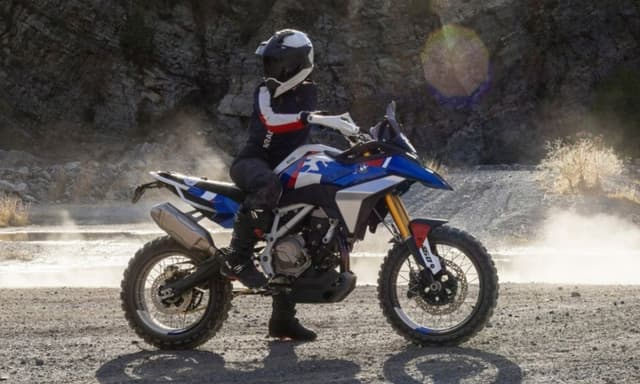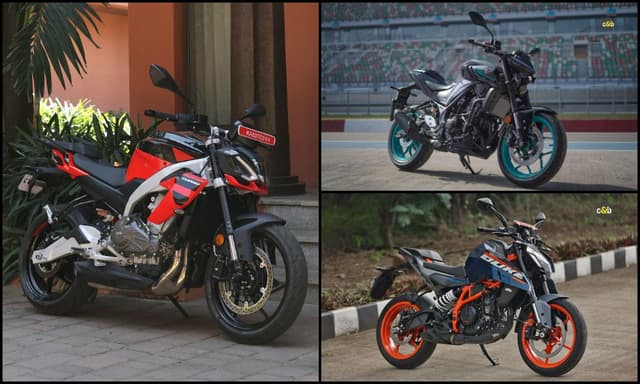What Is A Driving Or Racing Line?

Highlights
While a racing line is one of the most essential and common sightings on a race track, not a lot of people know its function and meaning. In motorsport, the racing line indicates the optimal path around the racecourse. In the majority of the scenarios, this line makes use of the whole width of the track and further lengthens the radius of a turn. It starts by entering the outside edge of the turn, touches the apex, which is a point in the inside and exits the turn by returning outside.

Photo Credit: www.istockphoto.com
Racers usually choose to stick to the racing line since it is the best technique to minimalize the overall time it takes to complete the course. As it is the best route around the race track, it can easily be visible on the asphalt as tire skid marks from previous cars.
Race line optimization
The main objective of any race car driver is to find the optimal line around the race track. This will ensure that they complete a trip around the track in the least possible time and make no mistakes around it. However, this line might vary depending on if the driver wants to complete the lap in the least possible time, conserve the car's fuel and tires or overtake another driver in the race. The race track is quite commonly separated into different elements, like chicanes, standard corners, straights and double apexes. In addition to that, these standard corners can further be broken down into a deceleration phase while entering the corner, which is followed by the apex and lastly, acceleration while exiting the corner.
Corner Entry
This is the first phase of a turn and begins with a straight-line threshold braking. Here the main objective of the driver is to attain the highest deceleration rate. This phase is followed by the turn-in in which the driver starts steering the vehicle towards the apex. Usually, most drivers are taught to finish braking before this point and make a more circular turn along with a more constant speed towards the apex.
However, in the later years, several drivers started implementing trail braking into the corner entry. Trail braking is essentially when the brake pressure is carried over the turn-in point, allowing the car to decelerate faster because of the forces created by the tires. It also helps the car turn in a more optimized direction. This further causes the car to travel on an Euler spiral path which decreases the radius to the apex. If done right, it will result in a higher average speed and lesser elapsed time than a conventional circular entry.

Photo Credit: en.wikipedia.org
Apex
In simple terms, the apex, better known as the clipping point is on the inside part of the corner and the closest point that a vehicle passes through. To make it easier to understand, it is the point where the vehicle has the slowest speed and the minimum radius in the corner.
It can further be classified into an earlier apex and a later apex. While an earlier apex will reach the inside of the corner, the later apex witnesses a larger radius. In addition to that, the earlier apex has a higher speed. A driver mainly chooses their apex depending on the cornering capabilities of the car.
Corner Exit:
This phase begins as soon as the car starts accelerating after the apex. It is often referred to as the most important aspect of any corner which helps in lessening the lap time. So a driver needs to optimize their exit performance. The main objective in this phase is to provide maximum acceleration while pointing the vehicle in the right direction for the straight that follows.
Any vehicle that has a lower acceleration potential will mainly achieve this by applying full throttle from the apex and choosing a more circular path. On the other hand, vehicles that have a higher acceleration potential might witness wheelspin and be unable to achieve maximum speed until the corner is complete. This might further create a corner exit path with a higher radius that might mirror the Euler spiral seen in the corner exit.

Photo Credit: driver61.com
Related Articles
Latest News
- Home
- News
- Auto Industry
- What Is A Driving Or Racing Line?














